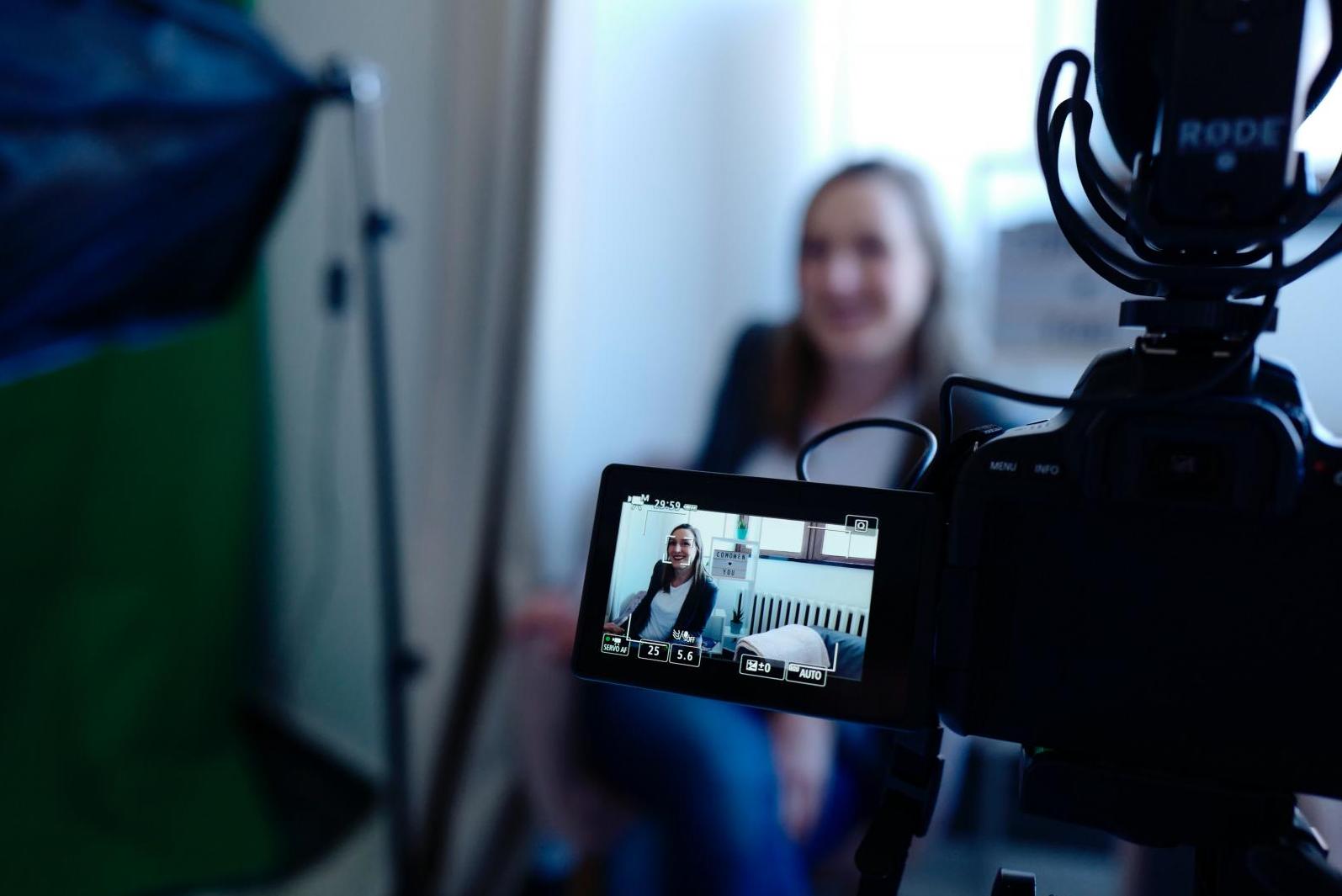Author Video on Electronic Theses & Dissertations
For the past few years, many programs have required graduates to upload a photo with their dissertation. Most times, these photos are taken at the final presentation or oral defense. Having a picture of the new doctorate with their committee helps readers connect with the person who wrote the dissertation. An emerging trend in higher education now encourages writers to consider including an “Author Video” in the ETD file.
An author video personalizes a dissertation in powerful ways that a static photo doesn’t, allowing a more complex view of the “student – now scholar” – as a viable contributor to the field. Through these videos, potential readers get a chance to hear researchers speak about their motivations, the questions driving their research, what they learned, and why it matters.
To help researchers create author videos, WEX has compiled the following suggestions. Some might simply be reminders of best practices. Others might seem overly complex or burdensome. While it’s up to individuals to decide which to follow and which to ignore, a WEX coach can help you think through these choices.
Remember your purpose
The viewer has already clicked on the dissertation; the video should
- encourage the viewer to open and read the dissertation.
- provide additional information not necessarily found in the dissertation.
- reflect your passion for the topic and communicate your credibility.
Write a script with the audience in mind
Remember, the goal is to encourage the viewer to download and read the research. Here are few ideas to consider:
- What is the origin story behind the research?
- How did you get interested in the topic? What drew you to it?
- What compelled you to devote the last year+ to this inquiry?
- What were your initial goals for the project?
- How did you do the work?
- What did you do?
- What methods did you use?
- What energized you about the process?
- What is unique about your dissertation?
- What did you learn?
- What surprised you?
- Why does it matter?
- What are next steps?
Write to connect
- Organize your material for effective introduction, body, & conclusion
- Make your words count. Use concrete language and strong verbs.
- Be concise. The video should be about 2-5 minutes in length, so the text should be about 1-3 pages.
- Vary your syntax (short and long sentences) and consider including questions.
- Refer to WEX Resource on the Paramedic Method for clarity and precision in writing
- Use the discourse of the field to meet viewers’ expectations related to language, operative terms, etc.
Revise, Revise, and Revise
- Read the draft aloud to yourself. Look for places where you stumble or start to feel lost. Rushed or anxious: think about revising those sections.
- Consider sending it to the VWC for free peer feedback.
Prepare the presentation
- Be more than a “talking head”: consider adding visuals, slides, and other material to add depth to the presentation
- Use the visuals or slides to enrich your presentation; refer to the slide, but don’t read verbatim the information on the slide
Rehearse
- Practice in front of a trusted reader and ask for feedback.
- Practice at the computer or a phone. Know where to look to maintain eye contact
- Speak clearly and with a natural but slower pace
Prepare to film
- Use a familiar camera
- Practice with it so you know its capabilities
- Read up on your device and successful approaches for video recording
- Use an external microphone if you can
- Practice with it so you know it capabilities
- Modulate your voice to create interest
- Select the “best environment” to video record
- Ensure quiet location without ambient noise
- Check lighting and shadows by taking a photo
- Check background so that it doesn’t distract your viewer
- Set camera/phone in a place that’s going to give a flattering view of you
- Place camera/phone on a steady place so there’s no shaking
Filming
- Dress appropriately.
- Don’t be afraid to do a few takes; in fact, definitely do a few takes.
After filming
- Edit the video, pulling in the best elements of different takes and adding any slides, images, or “b-roll” video.
- Consider getting professional help: WEX has a video consultant available to help for reasonable fee

